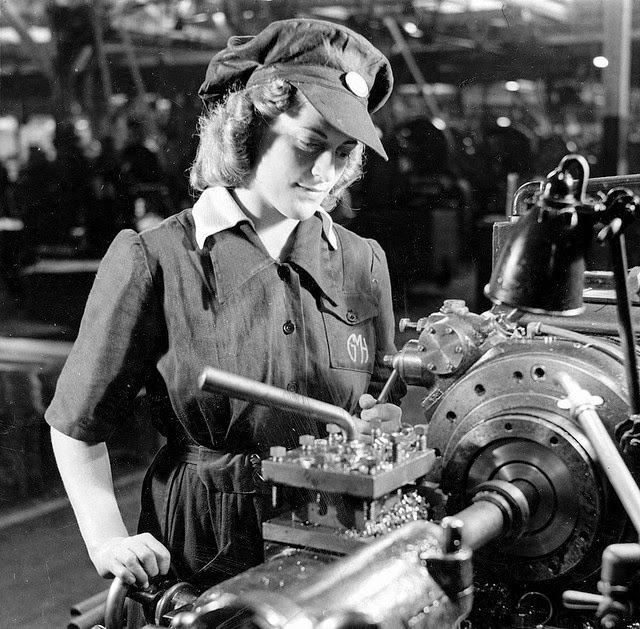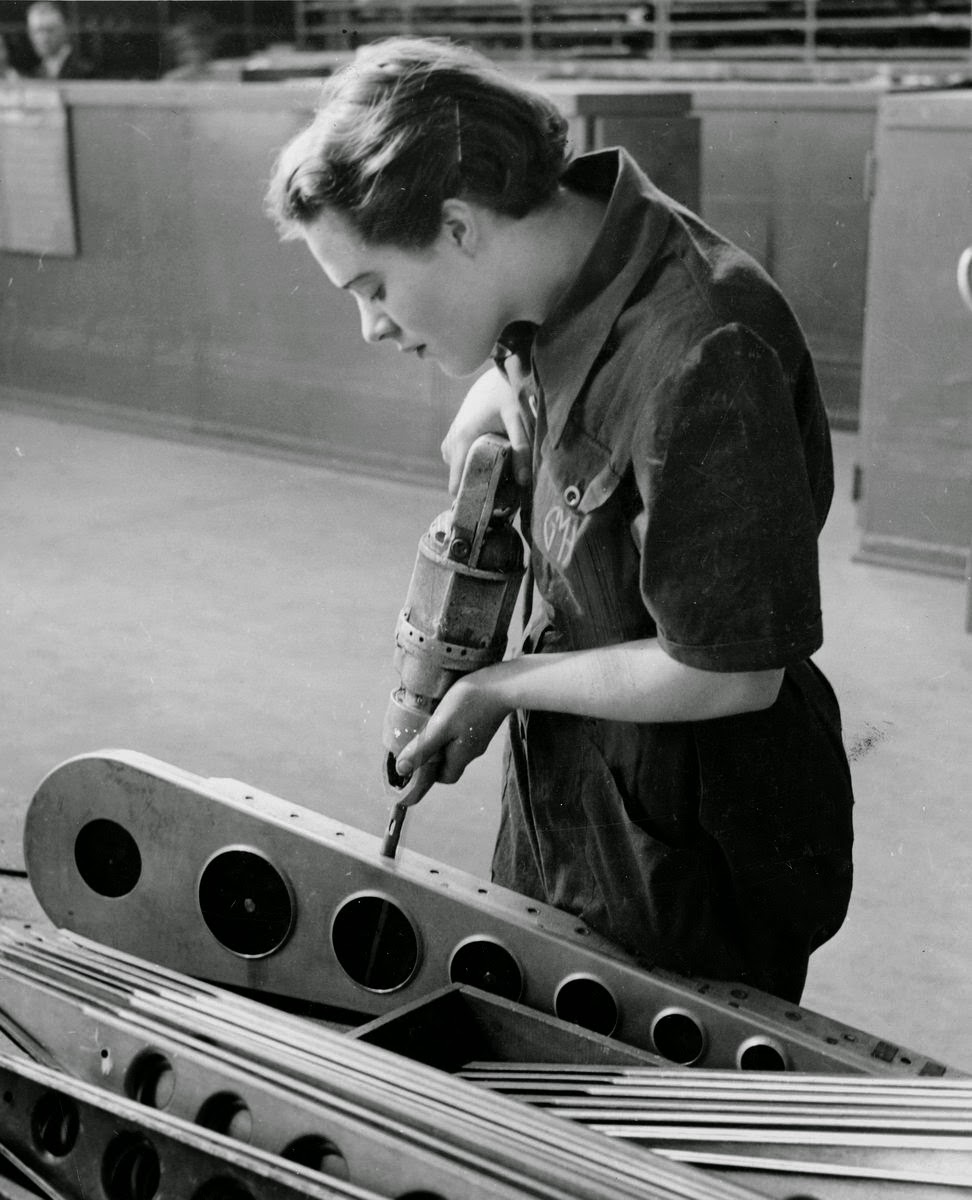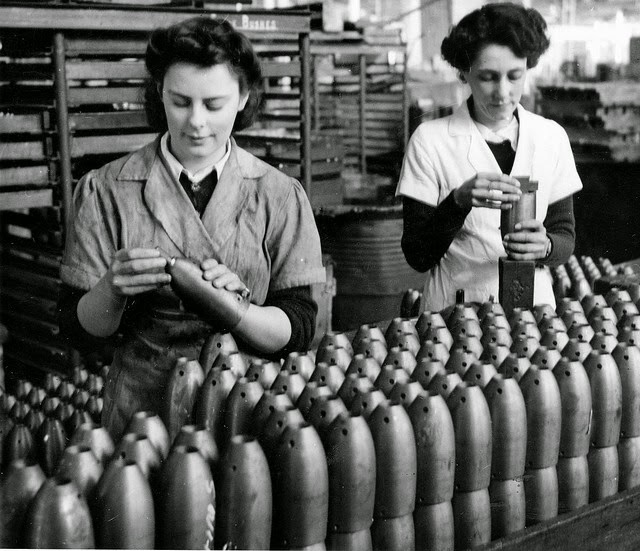By April 1941, it became apparent that Australia's workforce was diminishing. As more Australian men enlisted for the military, there was a drain on the labour force. Non-essential industrial production was cut down and the labour forces employed in these industries were redirected by the Directorate of Manpower to military factories.

Shortages of items not related to war, such as food products and clothing, forced the government to introduce rationing. The Directorate of Manpower needed to find another source of labour and turned to women.
The number of women employed in industry between 1939 and 1943 exploded from 1000 to 145 000. The total number of women employed in various jobs in the Australian workforce numbered over 800 000.
Women found employment in traditionally male jobs but were often only being paid a fraction of a man's wage. Attempts to remedy the situation ended in defeat as women were repeatedly opposed by the male-dominated unions and the government, afraid that women would expect equal treatment after the War.
The huge increase in the employment of women in World War II was a significant social change, but it was not matched by a change in government attitude towards women. Wages were not changed and it was made clear that women were expected to return to their traditional roles when the War ended.
These amazing photographs captured scene of women working in a munitions factory in South Australia during World War II
.jpg) |
| A woman working at a machine making parts for ribs of Beaufort bombers in a munitions factory in South Australia. |
.jpg) |
| A young woman cutting driving bands for anti-aircraft shells in a munitions factory in South Australia. |
.jpg) |
| Two young women oxy welding parts of ammunition boxes. |
.jpg) |
| Women working in a munitions factory assembling Gaine anti-aircraft shell fuse components. |
.jpg) |
| A young woman assembling an oil tank for a Beaufort bomber in a munitions factory in South Australia. |
.jpg) |
| A young woman drilling parts of a Beaufort bomber with a portable drill. |
.jpg) |
| A young woman testing parts for hardness at a munitions factory in South Australia. |
.jpg) |
| Two young woman working at a large press used for making parts of ammunition boxes. |
.jpg) |
| A young woman armature winding in a munitions factory in South Australia. |
.jpg) |
| Two women inspecting empty anti-aircraft shell cases before they are filled in a munitiions factory in South Australia. |
.jpg) |
| A young woman arc welding part of an anti-tank gun in a munitions factory in South Australia. |
.jpg) |
| Two young women drawing plans of Beaufort bomber with two military men study plans. |
.jpg) |
| A woman stacking practice bombs before transit to the explosives filling factory in South Australia. |
.jpg) |
| Three young women cleaning dust from the interiors of Beaufort bomber oil tanks. |
.jpg) |
| A young woman making brass fittings for military tanks. |
.jpg) |
| A young woman drilling aeroplane parts in a munitions factory in South Australia. |
.jpg) |
| Yound women inspecting bomb bodies for RAAF practice bombs. |
.jpg) |
| A young woman riveting ribs of a Beaufort bomber with an automatic machine. |
.jpg) |
| Women working in a munitions factory preparing sand cores for practice bomb bodies. |
.jpg) |
| A young woman working at a small press making ammunition boxes. |
.jpg) |
| Inspecting RAAF practice bombs before removal to an explosives filling factory in South Australia. |
(Photos by Smith, D. Darian, via State Library of South Australia)



